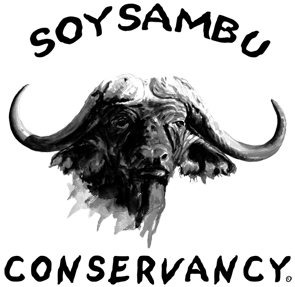
Transafric Highway accidents
Recently accidents have been occuring on the Trans-Afric Highway causing deaths,injuries, damage of property and lose of animal life. This is due to lack of electric fence to contain animals to the lower side of the Conservancy. Kenya Wildlife Service has started to put up a 10 km solar powered fence so as to minimise the accidents but the rest of 75 km fence is yet to be fenced when funds are available.














